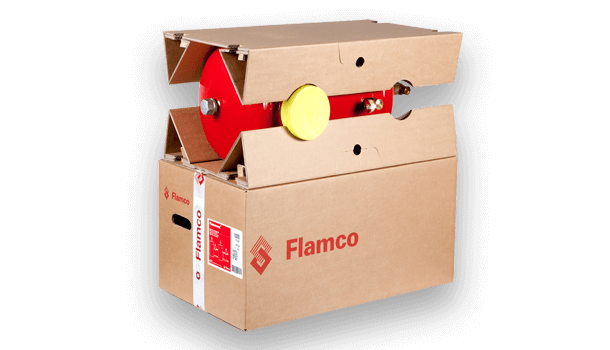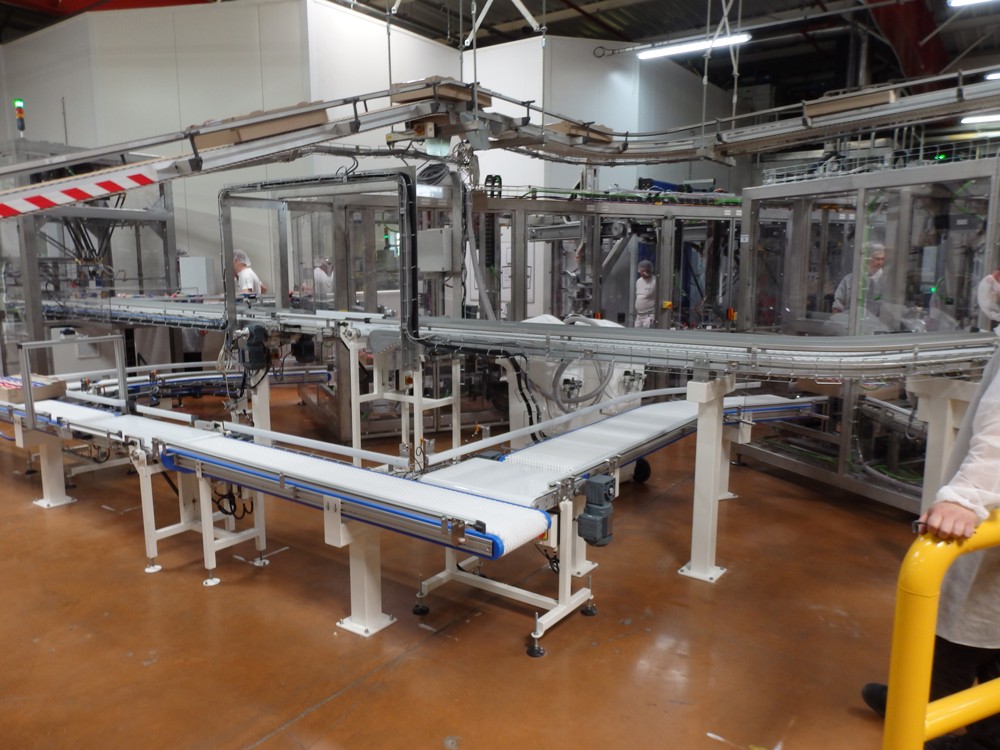Eco-Friendly Practices: Driving Change with Bulk Container Recycling
Eco-Friendly Practices: Driving Change with Bulk Container Recycling
Blog Article
Effective Industrial Recycling Solutions for Sustainable Product Packaging: A Comprehensive Guide
That's where this extensive guide on reliable commercial recycling solutions for lasting packaging comes in. By discovering crucial locations such as packaging product option, making for recyclability, implementing recycling framework, teaming up with reusing companions, and monitoring and measuring reusing success, this guide will outfit you with the expertise and tools necessary to make enlightened decisions and drive positive adjustment within your organization. Whether you're a packaging expert, sustainability supervisor, or just interested in the subject, this overview will certainly supply beneficial understandings and approaches to aid you browse the globe of sustainable packaging.
Packaging Product Choice
The option of packaging materials plays a critical function in making sure the sustainability of industrial recycling services. When it concerns lasting product packaging, the choice of materials is key in reducing environmental impact and optimizing recycling performance. Picking the ideal materials can help in reducing waste generation, save resources, and advertise a round economic situation.
One crucial element to think about in packaging product selection is recyclability - bulk container recycling. Materials that can be quickly reused and included back into the production cycle are preferred. As an example, materials like cardboard, paper, glass, and certain types of plastics can be recycled several times without losing their top quality. On the various other hand, products that are tough to reuse, such as mixed plastics or non-recyclable composites, can create obstacles for the recycling procedure and might end up in landfills or burners.
Another consideration is the usage of biodegradable and sustainable materials. Product packaging made from sustainable sources, such as plant-based plastics or biopolymers, can help in reducing dependency on fossil fuels and alleviate environment adjustment. In addition, naturally degradable materials break down naturally gradually, reducing the build-up of waste in land fills.
In addition, the weight and volume of packaging materials must be reduced to minimize transportation costs and power intake. Light-weight materials not only require fewer resources throughout production yet likewise add to lower carbon discharges throughout transportation.
Designing for Recyclability
In order to make certain the recyclability of product packaging products, thoughtful layout is vital. Designing for recyclability entails creating product packaging that can be easily sorted, divided, and refined in reusing centers. One important element of developing for recyclability is the option of materials. Packaging developers should focus on making use of materials that are widely approved for reusing and have developed recycling infrastructures. Products such as glass, aluminum, and specific kinds of plastic, like PET and HDPE, are frequently recycled and must be chosen over products that are pricey or challenging to reuse.
An additional critical consideration in designing for recyclability is the elimination of unneeded elements or products. By lessening the number of layers, finishes, and additional parts, product packaging can be made easier and simpler to recycle. Furthermore, developers must intend to minimize using combined materials, as they can make complex the recycling procedure.

Implementing Recycling Infrastructure
Reliable implementation of reusing framework is crucial for the success of industrial recycling remedies. Without correct infrastructure in area, the recycling process comes to be ineffective and inadequate, impeding the total goal of sustainable packaging.
To implement recycling framework effectively, several key elements need to be thought about. Firstly, there ought to be a well-organized collection system that helps with the splitting up and collection of recyclable materials. This can consist of marked reusing containers in public spaces, in addition to partnerships with waste administration business for curbside pickup and sorting.
Once collected, the recyclable products require to be transported to reusing centers in a timely fashion. This requires reliable logistics and transport networks, guaranteeing that the products reach the proper centers right away.
At the reusing centers, advanced sorting and handling innovations should be in place to separate different types of products efficiently. This includes the usage of automated arranging devices, optical scanners, and hands-on sorting strategies.
Moreover, there need to be a durable market demand for recycled products. This can be attained via cooperations with manufacturers and sectors that make use of recycled materials in their production procedures. Producing a steady market for recycled materials incentivizes the reusing industry and promotes the circular economic situation.
Teaming Up With Recycling Allies

One secret element of teaming up with recycling partners is the establishment of clear interaction networks. It is crucial to establish open lines of interaction to promote the exchange of info, updates, and responses. This enables both parties to stay educated concerning the development of recycling efforts and address any type of obstacles or issues that may occur.
Additionally, more cooperation can entail joint initiatives in applying and making recycling programs. Recycling companions can provide useful understandings and assistance in establishing efficient collection systems and identifying one of the most suitable recycling modern technologies. By interacting, services and recycling partners can enhance the reusing process and minimize waste.
In addition, cooperation can prolong beyond the functional facets of recycling. It can also incorporate campaigning for and education and learning efforts. By joining forces, services and recycling companions can increase recognition concerning the relevance of reusing and promote the fostering of lasting packaging methods among customers and other stakeholders.
Monitoring and Measuring Recycling Success
To make certain the performance of commercial recycling remedies and the success of lasting packaging goals, it is vital for companies and their recycling partners to establish a thorough system for monitoring and gauging recycling success (industrial metal packaging). Tracking and determining recycling success allows organizations to analyze the influence of their recycling initiatives, identify areas for enhancement, and set meaningful targets for future development
One way to track reusing success is with using information collection and evaluation tools. By accumulating data on the quantity of packaging waste produced, the portion of waste that blog is reused, and the kinds of materials being reused, organizations can obtain important insights into their reusing performance. This information can then be analyzed to recognize patterns, patterns, and areas of inadequacy.
Another important element of tracking and determining reusing success is establishing clear and standardized metrics. This permits businesses to contrast their performance against market criteria and track their progression over time. Metrics such as recycling rates, waste diversion prices, and greenhouse gas discharges can give a measurable action of a service's reusing success.

Conclusion
Finally, implementing reliable commercial official site recycling remedies for lasting product packaging calls for cautious consideration of packaging material choice, designing for recyclability, implementing recycling infrastructure, working together with recycling partners, and tracking and determining recycling success. By including these practices, businesses can add to a more environmentally-friendly and lasting method to packaging, lowering waste and promoting the round economic situation.
By checking out vital areas such as packaging material selection, making for recyclability, executing recycling framework, teaming up with recycling companions, and monitoring and gauging reusing success, this overview will certainly equip you with the understanding and devices essential to make educated decisions and drive positive adjustment within your organization. Product packaging designers need to focus on the usage of products that are widely accepted for recycling and have actually established recycling frameworks.Partnership with reusing companions is necessary for the successful implementation of industrial reusing options and the accomplishment of lasting packaging goals. By signing up with pressures, organizations and reusing partners can increase recognition regarding the importance of recycling and advertise the adoption of lasting packaging techniques amongst customers and various other stakeholders.
By gathering information on the amount of packaging waste created, the percentage of waste that is recycled, and the kinds of products being recycled, services can get useful understandings right into their reusing efficiency.
Report this page